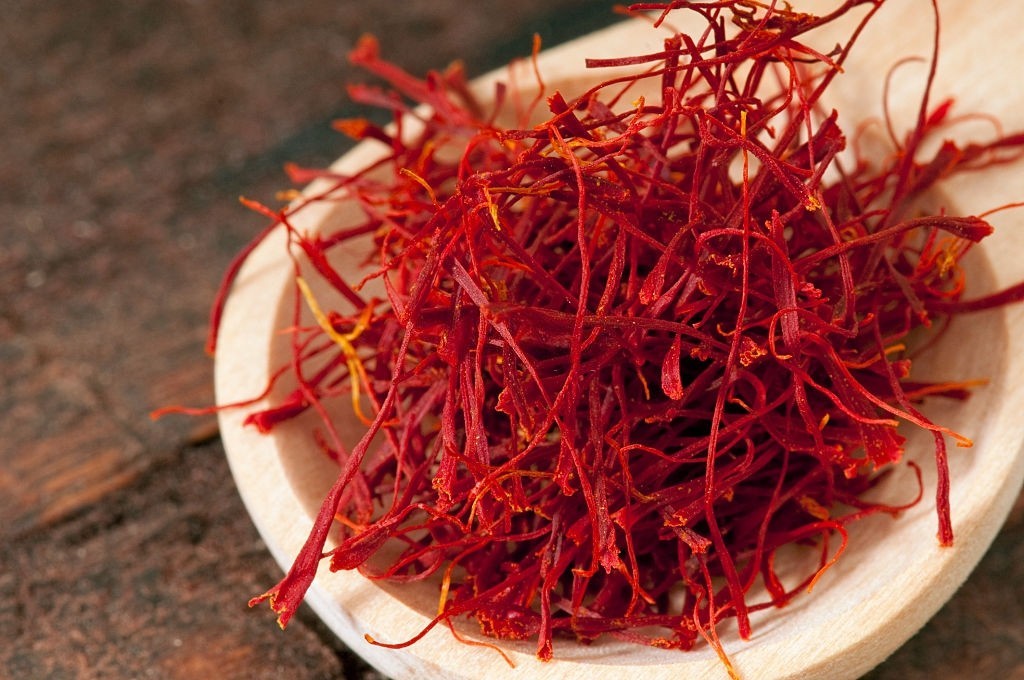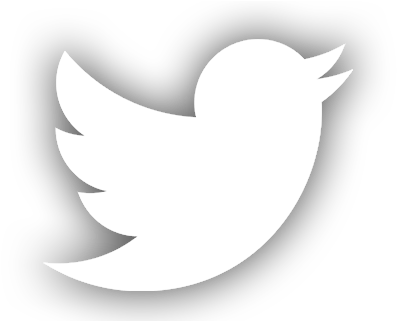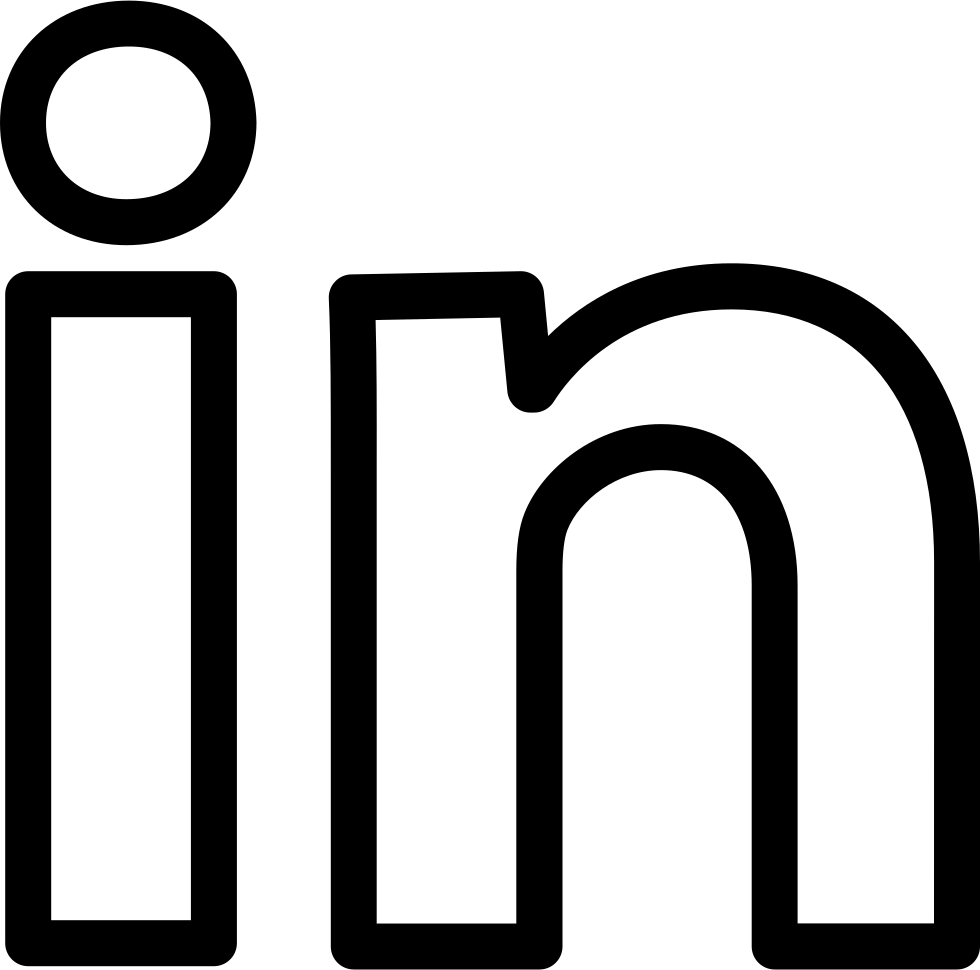A Buyer’s Guide
Saffron is known as the world’s most expensive spice, but with its high value comes the risk of counterfeit products. Whether you’re a culinary enthusiast or health-conscious shopper, knowing how to recognize fake saffron can save you money and protect your health. Here’s a quick guide to help you distinguish real saffron from imitations.How to Recognize Fake Saffron
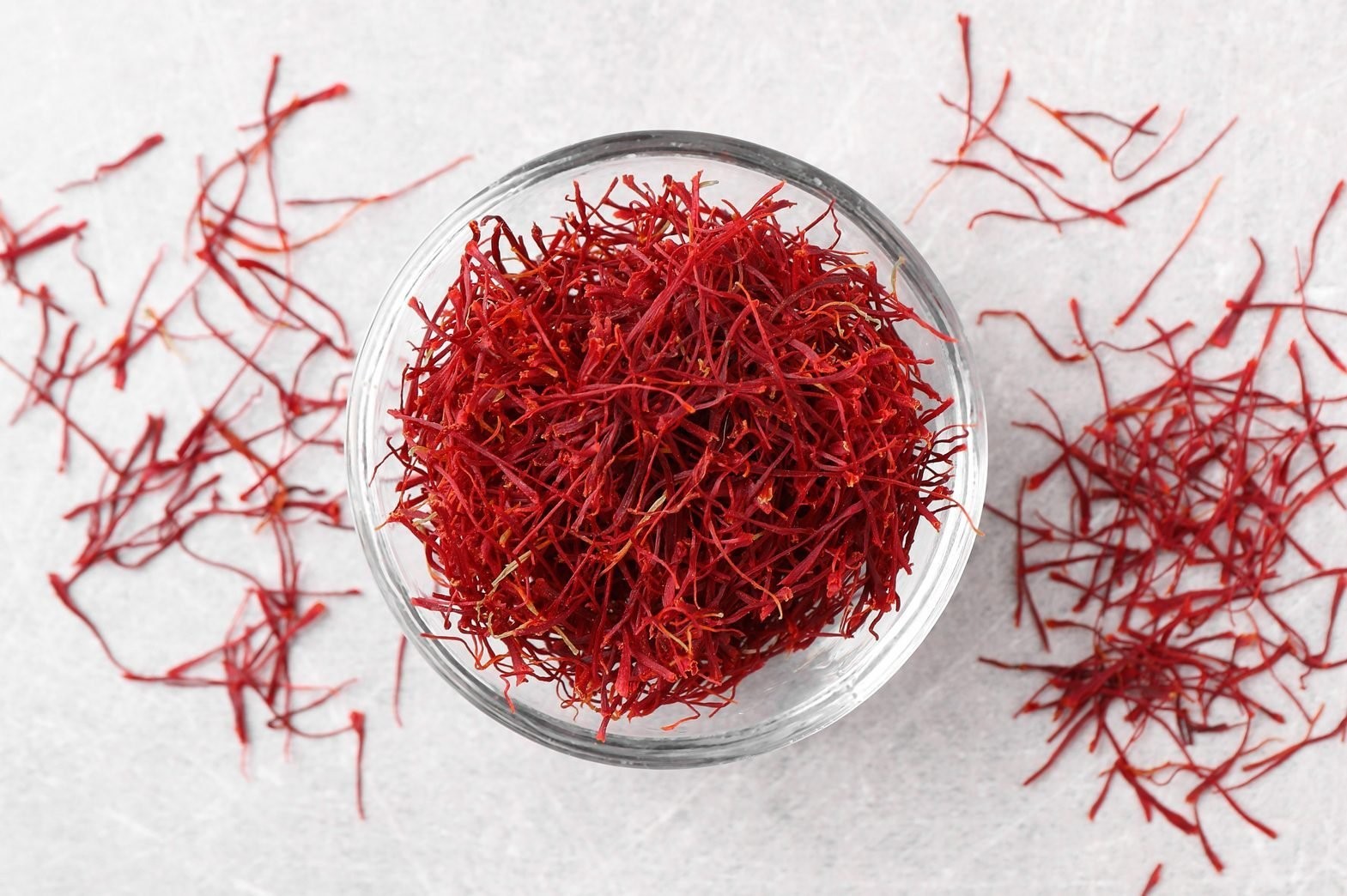
Why Is Saffron So Expensive?
Saffron is derived from the stigmas of the Crocus sativus flower. Each flower yields only three tiny red threads, and it takes over 75,000 blossoms to make a single pound of saffron. Its labor-intensive harvesting process and rich health benefits make it a prime target for fraud.
Common Types of Fake Saffron
Before we dive into testing, it’s important to understand how saffron is commonly faked:
-
Dyed corn silk or coconut fibers
-
Safflower (false saffron)
-
Red-dyed horsehair or shredded paper
-
Used saffron strands (re-dyed)
Now let’s break down how to spot the real deal.
How to Identify Real Saffron
1. Visual Inspection
Real saffron strands are deep red with slight orange tips. They are trumpet-shaped at one end and not uniformly cut. Fake saffron often lacks the signature shape or has no orange tips.
-
Real: Slightly frayed, trumpet-like tips
-
Fake: Uniform, clipped edges or missing orange hues
2. Smell Test
Genuine saffron has a distinct, earthy aroma with notes of honey and hay. If it smells sweet like perfume or has no scent at all, it’s likely fake.
-
Real: Earthy, slightly bitter scent
-
Fake: No smell or overly perfumed
3. Cold Water Test
Place a few threads in cold water for 10–15 minutes. Real saffron releases a golden yellow color slowly, while retaining its thread shape. Fake saffron often bleeds red quickly and loses structure.
-
Real: Water turns golden, threads stay intact
-
Fake: Water turns red quickly, threads dissolve or lose color
4. Price Check
If the price seems too good to be true, it probably is. Pure saffron typically costs between $5–$10 per gram. Be cautious with bulk deals or prices significantly below market average.
Where to Buy Authentic Saffron
To ensure you’re getting the real thing, buy from reputable brands, verified online stores, or local specialty shops that can trace the source. Look for ISO 3632 certification, which verifies saffron purity.
Final Thoughts
Spotting fake saffron isn’t difficult if you know what to look for. From visual clues to scent and water testing, these simple checks can help you buy with confidence. Don’t let counterfeit saffron ruin your recipe or waste your money.
